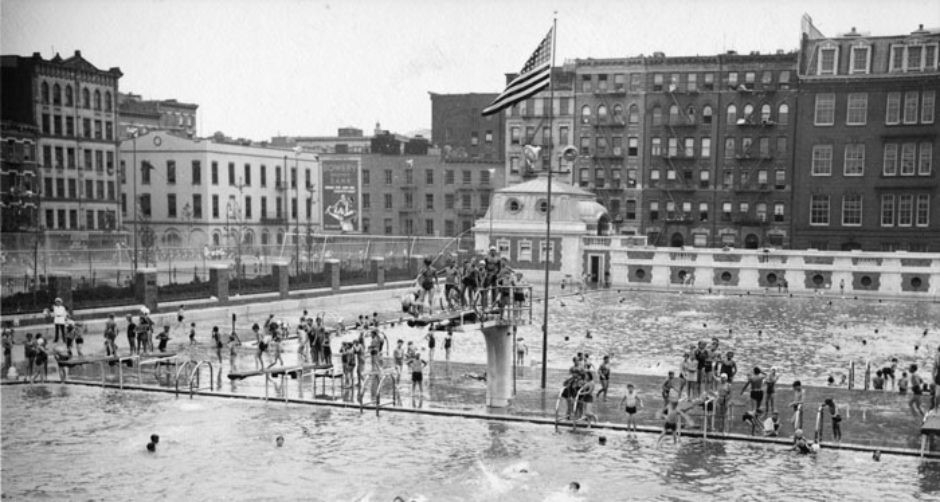In conclusion, public baths and pools and their accompanying activities had a great deal of impact on the way children from many social back grounds engaged with the world. Public baths and pools were used to regulate and organize the society of which children were a part. Theses spaces informed the racial and gender norms and dynamics for children during the late 19th century and early 20th century. In turn, children actively impacted the structure of the public bath itself. (Gagen 2004) Free public baths and pools tell a complex and tension-filled history of social class, race, and gender in New York City. Swimming as a cultural and physical practice, as well as the baths and pools created spaces for children and were created by children.
The author of this website recognizes that there are limits to the information covered here. There are many more stories to be told about bath houses and pools. These stories are apt to be different in many locations across the U.S. and the world. A story which was partially not appropriate for the topic of childhood (depending on where one believes childhood as a stage of life ends) and partially too broad for the scope of this website, is that of bathing and swimming as they pertain to vice practices, including the ways these spaces were subverted by non-heterosexual people. The author would recommend this as a point to further research extending from bath houses and swimming to any interested parties.
